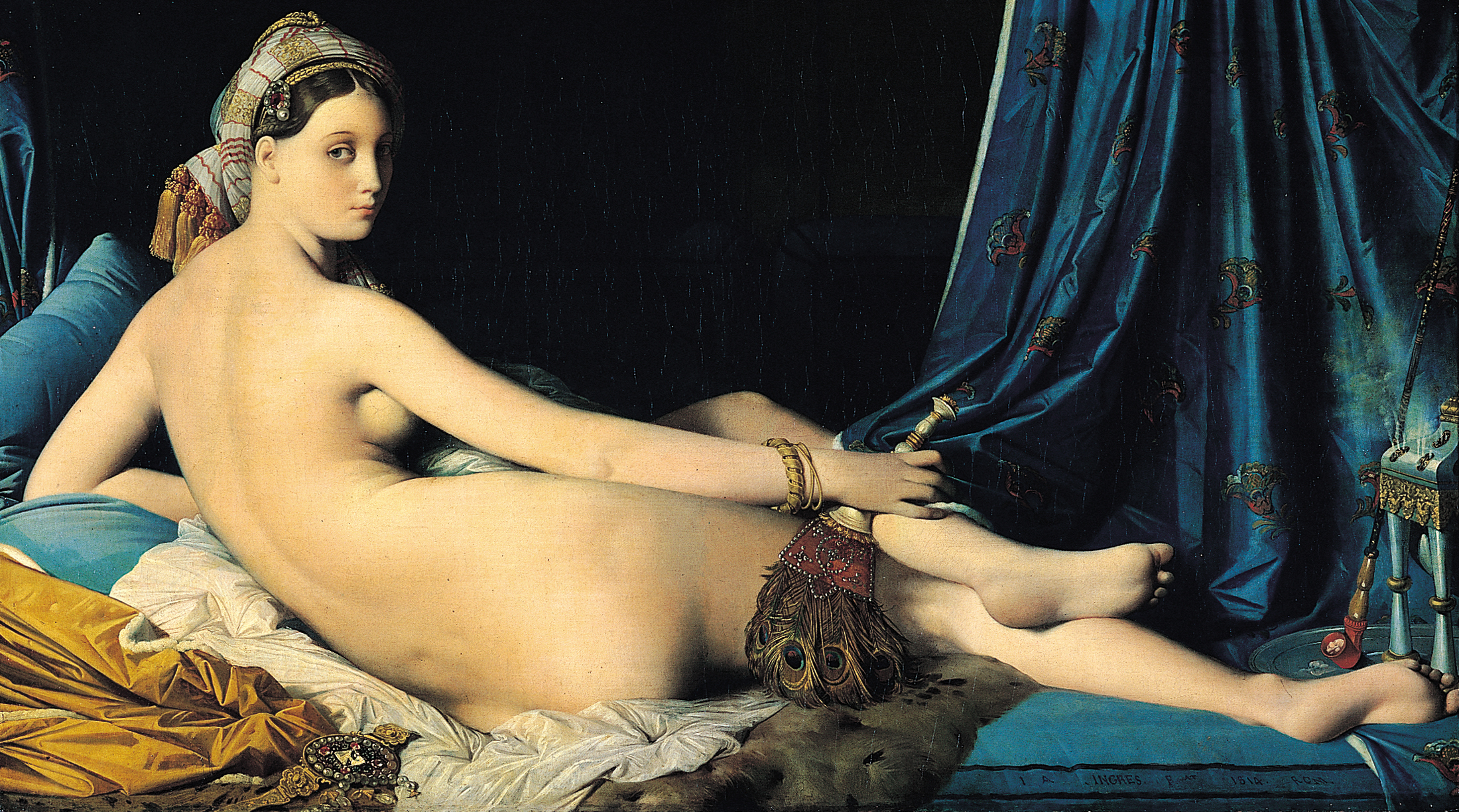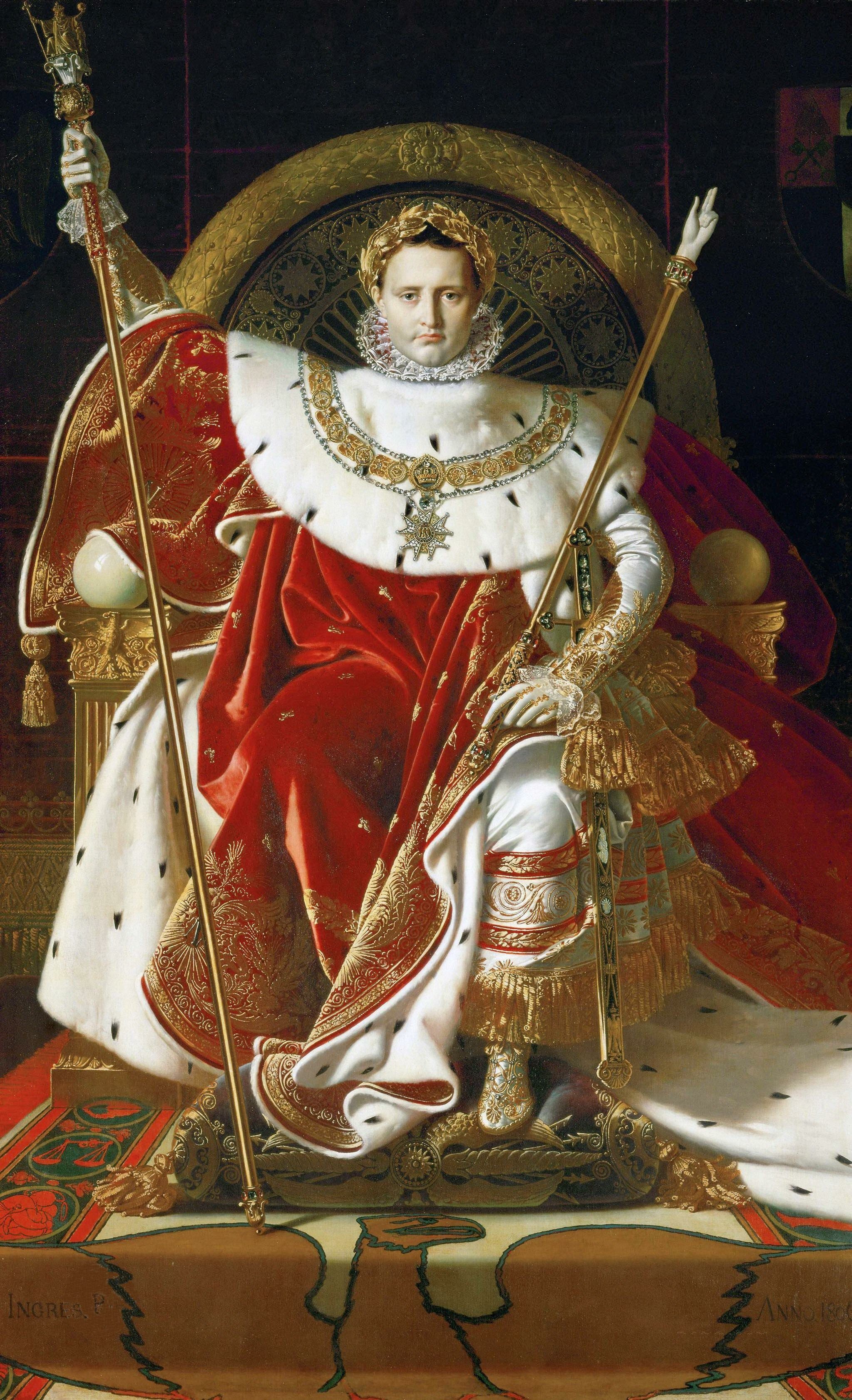Last winter, as I walked back to the train station in Chicago to head home after a long day, I had a little bit of time to kill. Almost all of the shops had shut down for the night, all except for one brightly lit gallery. There walls were covered with a variety of striking modern sculpture-style pieces, but as I made my way across the room my eyes fell on a huge classically painted oil painting of a young nude woman by the water. I honestly can’t conjure up the exact scene, but I will never forget that moment in time because that was my first art awakening. I was so excited, the art bug had finally bit me and I felt something I had never felt before, almost like I was finally a member of a secret club. The artist sort of chuckled at my gushing over the painting, telling me that it was just a copy of another artist’s work. He also told me that paintings like these were quickly going out of style and would be going for very cheap by the next year; what people wanted were the abstract compilations on the walls. Not me. I wanted that painting. I couldn’t remember the name he told me, but for several weeks after that night I scoured the internet to see if I could somehow crack the code of Google Images and unlock once more the treasure trove that this painting had revealed to me. No such luck. But my awakening that night has inspired me to soak in as much of the art around me as I possibly can.
After that day, I didn’t really feel that sort of connection to a painting again until this semester. Sitting in my art history class, my teacher began to talk about La Grande Odalisque by French painter Jean Auguste Dominique Ingres in 1814.

We learned that Ingres and many of his contemporaries began to explore a new way of painting, abandoning linear accuracy for compositional beauty. This means that he sought to make the most aesthetically pleasing representation of a body in space and sometimes abandoning the realistic proportions of the body. He sought to attain a higher form of purity than the traditional anatomical accuracy of the Greeks and early neoclassical artists. Well, he gets an A+ in my eyes because I could study the intricacies of this painting for hours. There’s something so lush and exotic about the entire piece that pulls me in and almost makes me forget entirely about the fact that there’s no way her back could really be that long. The rich blues and golds of the tapestry create in me such a feeling of extravagance and luxury; despite the fact that the model is undeniably European, her elegant cohesion as a figure in the space of the frame makes her an integral part of this scene of exotic leisure.
Just to put Ingres into context, his painting Napoleon I on his Imperial Throne of 1806 also exemplifies this sense of compositional harmony and lush texture. Napoleon’s right arm is noticeably longer than normal, but it works as a part of the piece as a whole. His robes are also extremely detailed, it is almost as if you could reach out and feel how soft that white fur is around his neck.

Words are often inadequate to convey art’s ability wake you up out of the dull monotony of daily life, especially in these times of mass media when little to nothing has the power to shock. But through my two awakenings, I’ve come to find that a piece of art possesses the unmatchable power to unlock the treasure trove of meaning that already lies within the viewer.


Leave a Reply
Be the First to Comment!